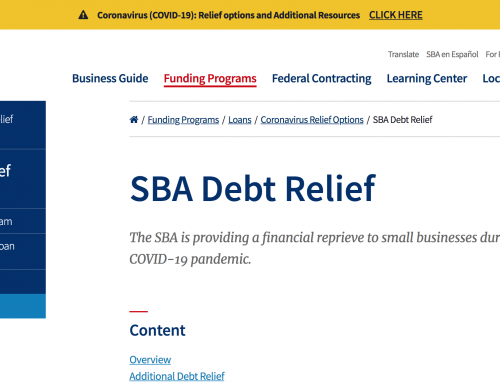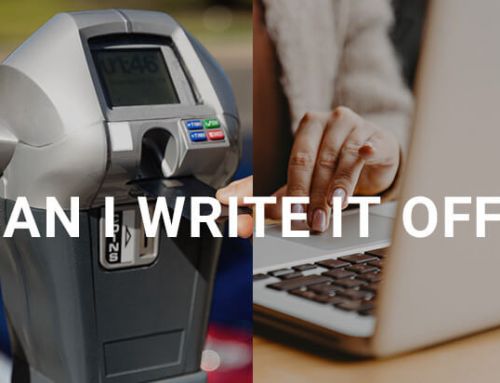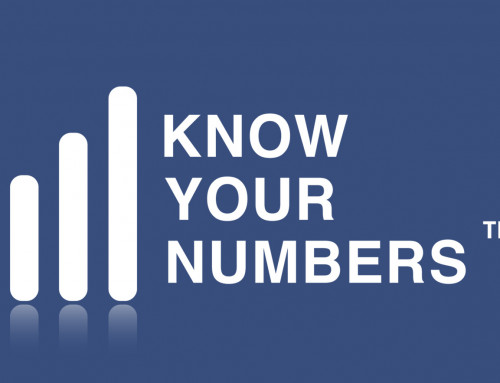Podcast: Play in new window | Download
Subscribe: Apple Podcasts | RSS
In this particular episode, you will learn
- Accrual and cash basis accounting
- Double entry accounting
Podcast transcript:
Accounting Methods
Very small businesses often use a single-entry system to record revenue when received and expenses when they are paid. For example, a traveling massage business “Magic Fingers” may choose to record all cash received from clients as revenue. Cash paid, such as massage oil, is recorded as an expense. At the end of the year, Magic Fingers will add up all revenue items for cash received and sum expenses into accounts like travel and supplies. Because the business records income and expense only when cash is actually paid, it is on the cash basis method of accounting. Small businesses primarily rely on a basic income statement (profit and loss statement), which displays revenue minus expenses to arrive at a profit or loss. This information will be used to make business decisions and prepare tax filings at year-end. Rules for recording these transactions may be governed by the Internal Revenue Service, the tax collection agency for the United States.
Academic and business accounting will generally be performed using a double entry system. This system requires that every transaction affect two accounts. For example, say a business deposits $1,000 into the checking account. To record this event, the cash account increases $1,000. Next, the accountant must decide how to classify the other side of the transaction, which will help answer: where did the cash come from? This $1,000 could have been a transfer of cash, a loan received, an investment received, revenue earned for providing goods and services, or refund from returning something to the store. In this example, the $1,000 came from a loan (liability). Therefore, the accountant will manually record or use accounting software to both increase cash (assets) for $1,000 and increase notes payable (liabilities) for $1,000.
The double entry system creates checks and balances to ensure that all transactions are recorded. At the end of the accounting time period (usually every 3 months or a year) the accountant will have recorded each transaction against cash and the appropriate revenue or expense account. If there are outstanding checks and deposits, ending cash will need to match the bank reconciliation. The summary of all transactions will be recorded into the final balance sheet in which both sides of the financial statement must equal each other, also referred to as balancing. This process ensures that all cash transactions have been recorded, but does not necessarily guarantee accuracy.
- In double entry accounting every transactions affects at least two accounts
- Accounting records must balance on the balance sheet





Leave A Comment